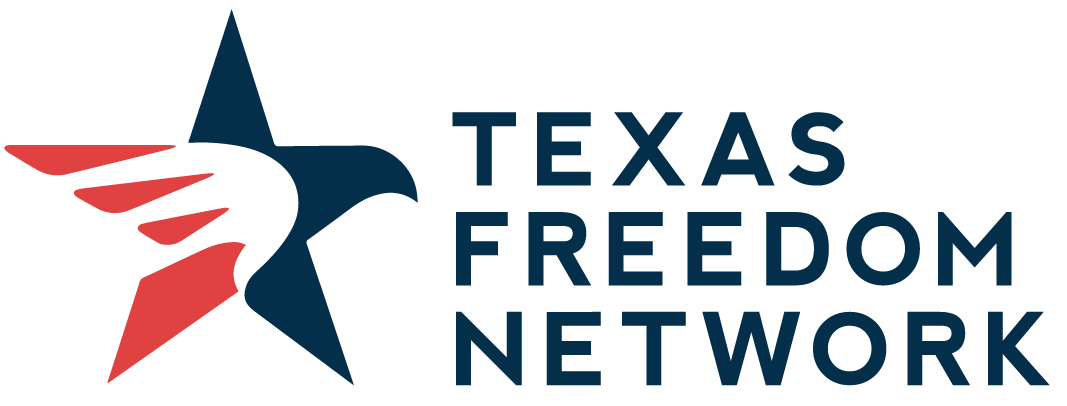Our friend Edd Doerr, president of Americans for Religious Liberty, has graciously granted permission for us to publish his review of Teachers versus the Public: What Americans Think about Schools and How to Fix Them, a new publication from Brookings Institute Press. The publication, authored by Paul E. Peterson, Michael Henderson and Martin R. West, purportedly offers “a comprehensive exploration of 21st Century school politics.” Doerr’s review also will appear in the summer issue of Voice of Reason, which is the newsletter for Americans for Religious Liberty. Doerr’s review follows below:
From start to finish this book is a brazen, virulent, deceptive, unreality-based, shameless, slashing attack on American public schools, teachers, and teacher unions. The authors, henceforth PH&W, offer no ideas whatever for improving public schools, demonstrate no comprehension of what education is all about, and make it clear that they strongly favor privatizing public education and diverting public funds to private schools through vouchers, tax credits (neo-vouchers), charters, and cyber schooling. But let’s be specific.
Through their own polls they claim that most Americans favor vouchers or tax credits for public funding of private schools. They carefully avoid discussing the 27 statewide referenda between 1966 and 2012 in which many millions of voters from Florida to Alaska and Massachusetts to California rejected vouchers, tax credits and all other devices for channeling public funds to private schools. For details of the referenda see “The Great School Voucher Fraud.”
While PH&W cite the respected annual Gallup/PDK polls showing that only about 20% of respondents give an A or B grade to public schools nationally and about 50% give an A or B to their community’s public schools, they pointedly omit noting that the very same polls show that about 70% of respondents give an A or B to the public schools that are most familiar with, the ones their oldest children attend. And why the discrepancy? Probably because the Gallup respondents buy into the anti public school propaganda in the media but not when it applies to the schools they know best.
Nowhere in this book is any discussion of the fact that between birth and age 18 kids spends only 10% of their time in school and that home while other non-school factors have more influence than even the best of teachers; or that a quarter of Americans kids live in poverty, a far higher percentage than in any other advanced democracy, and that SES strongly influences school performance. Nowhere do they mention the Stanford University CREDO studies of 2009 and 2013 showing that three fourths of charter schools are either worse or no better than regular public schools, despite their clear selectivity advantages and other flaws. Nowhere do they acknowledge that the vast majority of private schools are pervasively sectarian faith-based schools. Nowhere do they even hint that expanding voucher or tax credit programs would inevitably fragment the student population along religious, ideological, class, ethnic, ability level and other lines while increasing school and transportation costs. Nowhere do they discuss the legal barriers to diversion of public funds to private schools.
Nowhere do PH&W discuss any of the common sense, educator-recommended ways of improving public education, such as more equitable distribution of school funding, universal pre-K education for all kids, wraparound social and medical services for the neediest kids, smaller classes, curricular enrichment, reducing excessive testing and teaching to tests, dealing with poverty and economic stagnation.
PH&W refer often to schools or teachers being “below average”. Well, half of all schools and teachers are “below average”. Indeed, half of everything is “below average” and always will be.
Antidotes to be prescribed for this toxic brew would include David Berliner and Gene Glass’s 50 Myths and Lies that Threaten America’s Public Schools (2014), John Kuhn’s Fear and Learning in America: Bad Data, Good Teachers and the Attack on Public Education (2014), Diane Ravitch’s Reign of Error: The Hoax of the Privatization Movement and the Danger to America’s Public Schools (2013), Chris and Sarah Lubienski’s The Public School Advantage: Why Public Schools Outperform Private Schools (2014), and Michael Fabricant and Michelle Fine’s Charter Schools and the Corporate Makeover of Public Education (2012).
The book’s cover features incestuous praises by Michelle Rhee and Jeb Bush, who are amply lauded inside the book, though it neglects to mention that Bush’s school voucher plan was rejected by his state’s voters in 2012 by a substantial margin.
Finally, it is puzzling that a respected think tank like Brookings would lend its good name to such an execrable screed as this.


